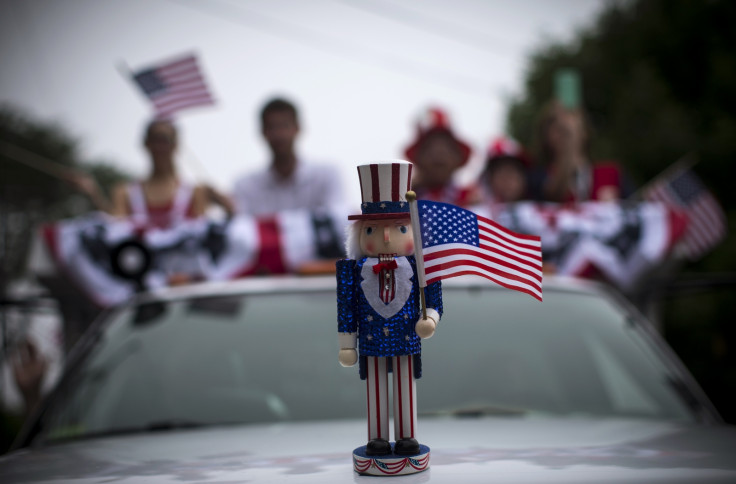Why does the US celebrate Independence Day on fourth of July?
The Declaration of Independence was adopted by Congress on 4 July, 1776 to announce the formal separation of the Thirteen Colonies from Great Britain.

Fireworks, parades and parties kick-started over the weekend as Americans began celebrating their fourth of July weekend, albeit a bit early. But what iconic moment in history was selected to mark the US' Independence Day?
Two hundred and forty-one years ago, on 4 July, 1776, the US Declaration of Independence was formally adopted by Congress and announced the separation of the Thirteen Colonies from Great Britain.
The day went on to be marked as the country's Independence Day. However, according to history books, it was on 2 July that the Second Continental Congress voted in favour of independence from English rule.
"The second day of July, 1776, will be the most memorable epoch in the history of America. I am apt to believe that it will be celebrated by succeeding generations as the great anniversary festival," John Adams, one of the country's Founding Fathers and its second president, wrote in a letter to his wife Abigail at the time.
However, Adams' predictions were off by two days and the day of the signing of the Declaration of Independence came to be celebrated as Independence Day.
Other predictions of his did become a reality, though. "It ought to be solemnised with pomp and parade, with shows, games, sports, guns, bells, bonfires, and illuminations, from one end of this continent to the other, from this time forward forever more," he wrote in a letter dated 3 June.
Today, across the US, people mark the day pretty much the same way with elaborate firework displays, barbecues, parades and parties.
© Copyright IBTimes 2025. All rights reserved.




















